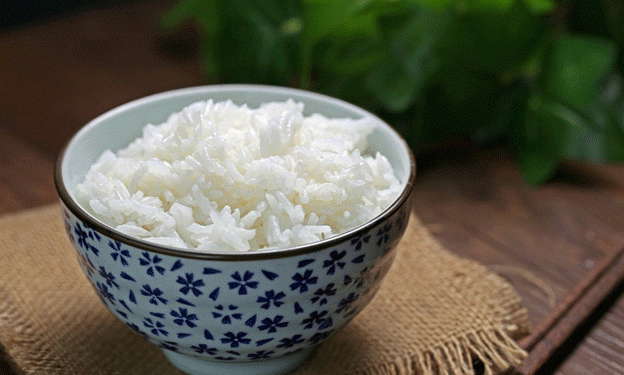Rice Prices in Japan Reach Record Highs
Japan has witnessed an unprecedented rise in rice prices, with the average retail cost of 5 kg of rice reaching 3,829 yen ($25.22) in the first week of February 2025. This marks a staggering 90% increase from 2,000 yen ($13.17) in February 2024.
The Japanese Ministry of Agriculture, Forestry, and Fisheries (MAFF) attributes the price surge to severe weather conditions and natural disasters, which negatively impacted rice production throughout 2024.
Key Factors Behind the Price Surge
- Poor Harvests Due to Extreme Weather
- Japan’s 2024 rice harvest was significantly affected by record-high summer temperatures and typhoons.
- The extreme heat damaged crops, reducing yields and leading to supply shortages.
- Supply Chain Disruptions
- Adverse weather delayed harvesting and disrupted transportation, further constraining rice availability.
- Increased production costs for fertilizers, irrigation, and labor also contributed to higher retail prices.
- Consumer Demand and Stockpiling
- Fearing further price hikes, many consumers stockpiled rice, putting additional pressure on supply.
- Higher prices, however, have led to a decline in overall rice sales in supermarkets.
Potential Price Corrections in 2025
- MAFF suggests that rising prices have slowed consumer demand, leading to a potential oversupply by March 2025.
- If supply exceeds demand, prices may stabilize or decrease in the coming months.
- The government is considering importing rice from foreign suppliers to regulate market fluctuations.
Japan’s Rice Production Outlook
Japan is one of the world’s largest rice consumers, producing around 7.5 million metric tons annually. However, recent climate challenges and declining agricultural workforce numbers have raised concerns over the country’s long-term rice production sustainability.
Government initiatives are being introduced to:
- Increase climate-resilient rice varieties.
- Improve irrigation systems to mitigate weather impacts.
- Enhance subsidies to support rice farmers.
The rapid increase in Japan’s rice prices over the past year highlights the growing vulnerability of the agricultural sector to climate change. While an oversupply may lead to price corrections in the short term, long-term stability depends on improving production efficiency and climate resilience. The Japanese government and farmers must adapt quickly to prevent future market shocks and ensure stable rice production for domestic consumption.
Error





